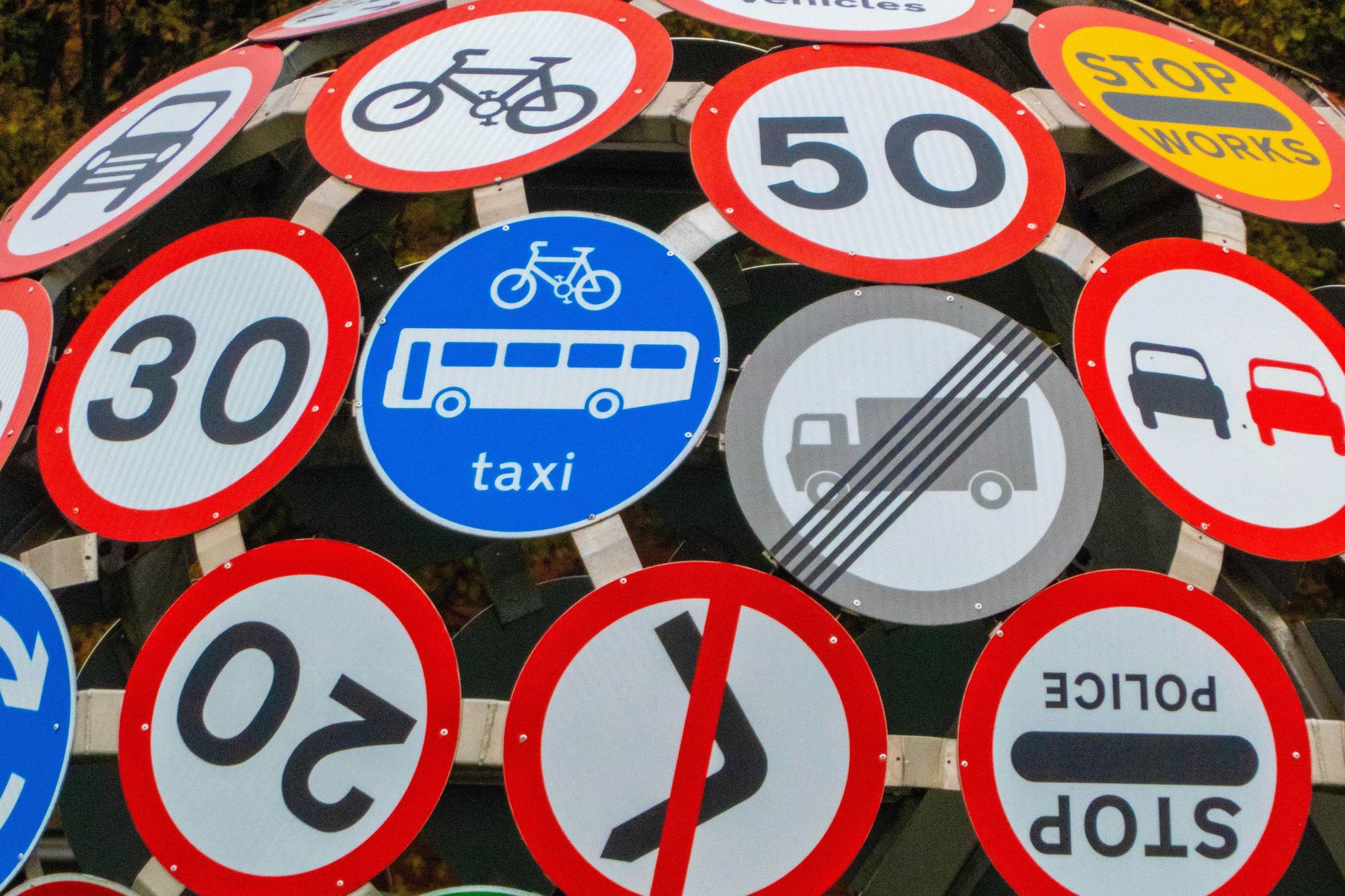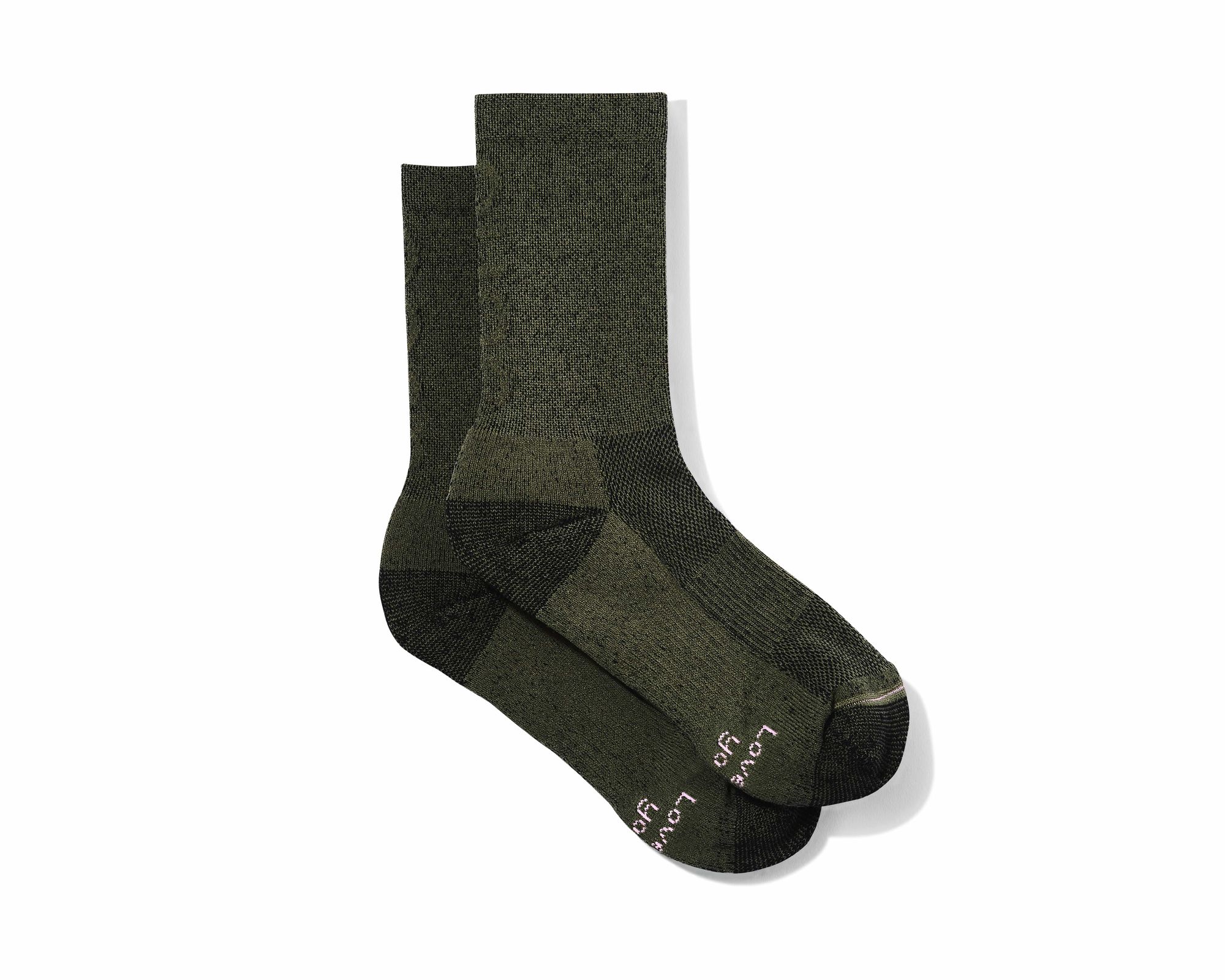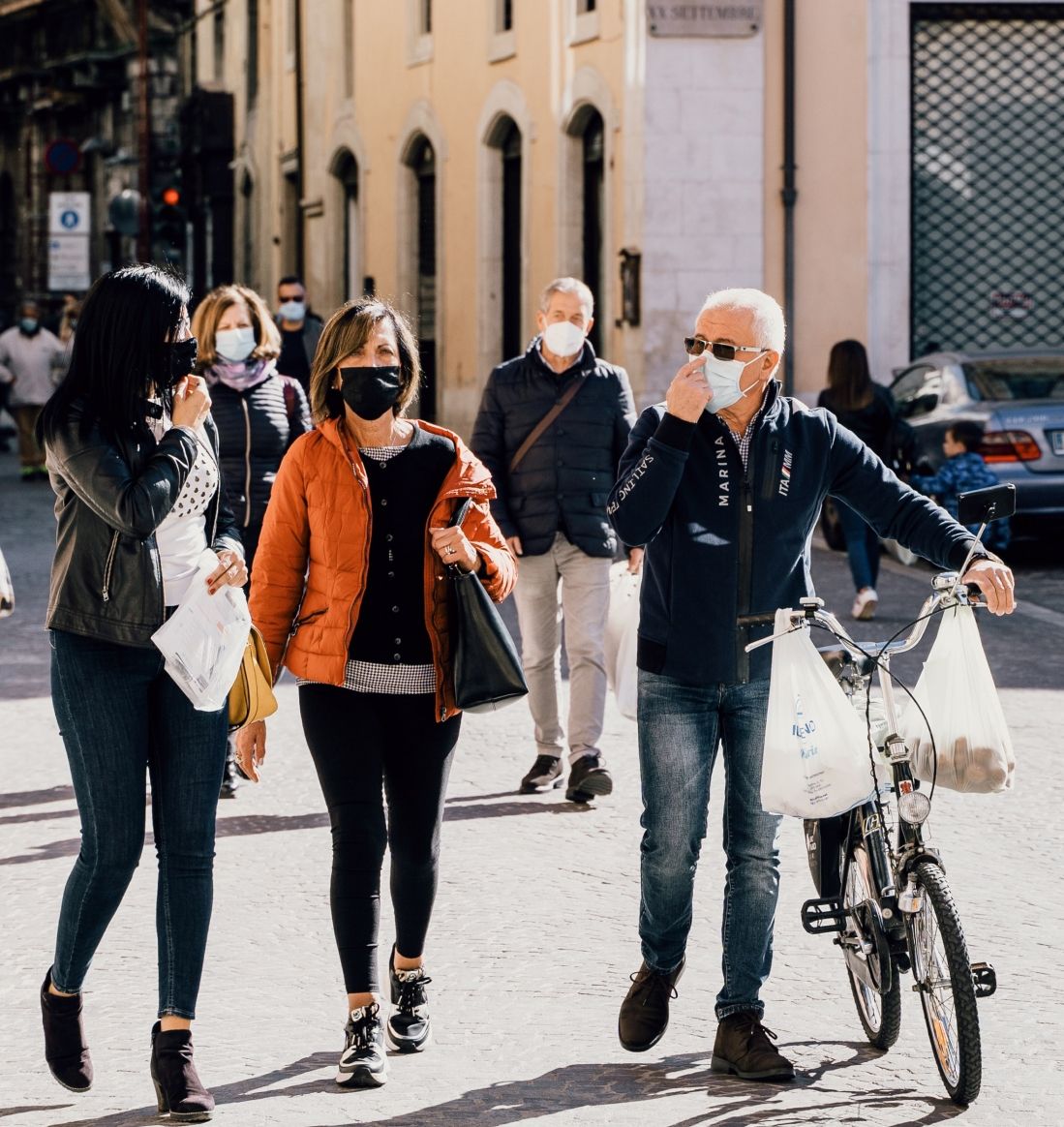These are common questions for both new and experienced cyclists. So in the interests of keeping cyclists safe on the road, we thought we’d unpack EXACTLY what the highway code means for cyclists. Including whether you actually need bicycle insurance.
If you’ve ever learnt to drive, you may have already meticulously studied this book to pass your theory test! The Highway Code is full of information, advice, guides and mandatory rules for road users in the UK. Its aim is to promote road safety. The Highway Code applies to all road users including pedestrians, horse riders and cyclists, as well as motorcyclists and drivers.
It’s a relatively long document and not all aspects relate to cyclists. Parts of the highway code are UK law, which are referred to by “must” and “must not”. If it doesn’t include this then it isn’t law.
For example one rule is that:
“You MUST NOT cycle on a pavement.”
Which is clearly part of UK law, whereas other items are written as guidance:
“The use of cycle routes, advance stop lines, cycle boxes and toucan crossings may make a cyclist’s journey safer but the use of these is not compulsory ”
If you’re new to cycling on the road, it’s a good idea to have a read so that you can make your journeys safer.
Overview of the highway code
Rules 59-71 in the highway code focus explicitly on cyclists. Here’s what they have to say:
- Rule 59 - The type of clothing and helmet which a cyclist should wear – a cycle helmet which conforms to the current regulations, is the correct size and securely fastened; appropriate clothes for cycling, avoid clothes which may get tangled in the chain, or in a wheel or may obscure your lights; light coloured or fluorescent clothing which helps other road users to see you in daylight and poor light; reflective clothing and/or accessories (belt, arm or ankle bands) in the dark.
- Rule 60 - The requirement that a bicycle must be fitted with white front and red rear lights when riding at night and that the bike must also be fitted with a red rear reflector (and amber pedal reflectors if manufactured after 1st October 1985).
- Rule 61 - The use of cycle routes, advance stop lines, cycle boxes and toucan crossings may make a cyclist’s journey safer but the use of these is not compulsory.
- Rule 62 - When using a cycle track which segregates between cyclists and pedestrians cyclists must keep to the side intended for cyclists.
- Rule 63 - The use of marked cycle lanes along the side of carriageways may make a cyclist’s journey safer but their use is not compulsory.
- Rule 64 - Cyclists must not cycle on the pavement.
- Rule 65 - Most bus lanes may be used by cyclists as indicated on signs. Watch out for people getting on or off a bus. Be very careful when overtaking a bus or leaving a bus lane as you will be entering a busier traffic flow.
- Rule 66 - Guidance on how cyclists should ride their bike including that you should not ride more than two abreast.
- Rule 67 - Cyclists must not carry a passenger unless your bicycle has been built or adapted to carry one.
- Rule 68 - You must not ride when under the influence of drink or drugs, including medicine.
- Rule 69 - Cyclists must obey all traffic signals and traffic light signals.
- Rule 70 - When parking your cycle, find a conspicuous location where it can be seen by passers-by, use cycle stands or other cycle parking facilities wherever possible, do not leave it where it would cause an obstruction or hazard to other road users, and secure it well so that it will not fall over and become an obstruction or hazard.
- Rule 71 - Cyclists must not cross the stop line when traffic lights are red although some junctions have an advanced stop line to enable cyclists to wait and position themselves ahead of the traffic.

Road junctions
When approaching a junction, make sure you have a good idea of what’s around you. When turning left, watch out for vehicles turning in front of you, out of or into the side road.
When turning right, check for traffic then signal to move to the centre of the road. Wait until there is a safe gap in the oncoming traffic and give a final look before completing the turn.
Roundabouts
Navigating a roundabout safely can be a daunting task at first. Many roundabouts also have specific bike lanes or paths that are designed to protect cyclists from traffic.
If you are cycling up to a roundabout, look around so that you know where the traffic is coming from. Traffic from the right has priority so wait until it is clear before you set off. Once on the roundabout, signal and abide by the road markings to get in the correct lane. Exit the roundabout staying on the left-hand side of the road.

Top 3 tips for safe cycling
To abide by the highway code there are a few tips that we recommend for safe riding:
1. Use arm signals as much as possible
Arm signals allow other road users to prepare for what you are going to do. You want your cycling to be predictable, so that you’re not swerving or turning in an erratic way. If you’re nervous about riding one-handed, practice in a quiet park until you have the skill nailed.
2. Stay aware
Knowing where the traffic is will help you stay well clear of it. Make sure to check over your shoulder when riding or when stopped at junctions. If it’s a large vehicle, be prepared to give extra manoeuvring space.
Also, your ears are an extremely valuable asset when cycling through a busy town or city. Try to avoid using earphones or talking on the phone when cycling, this will take your attention away from the road.
3. Plan your route in advance
Yes cycling is all about the freedom, but knowing your route in advance will help with tackling the junctions, roundabouts and other road hazards. If you’re cycling somewhere new, use an app like Komoot so that you can see whether you’re going to be riding on busy roads, bike paths or country lanes.
Love Your Bike - Love Laka
For more info on our 5 star rated bike insurance click the link below.






